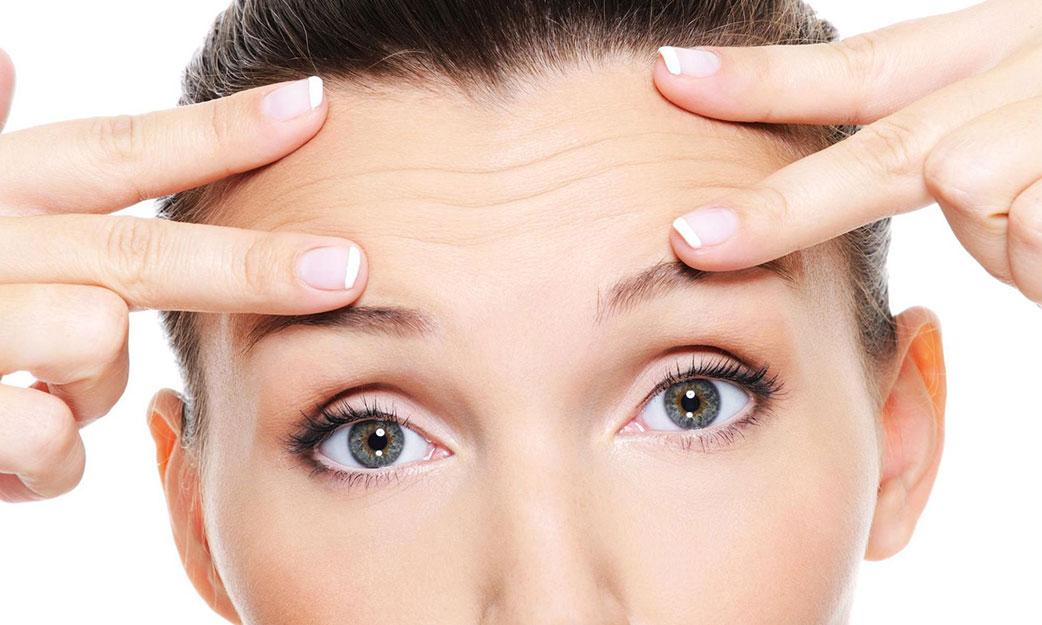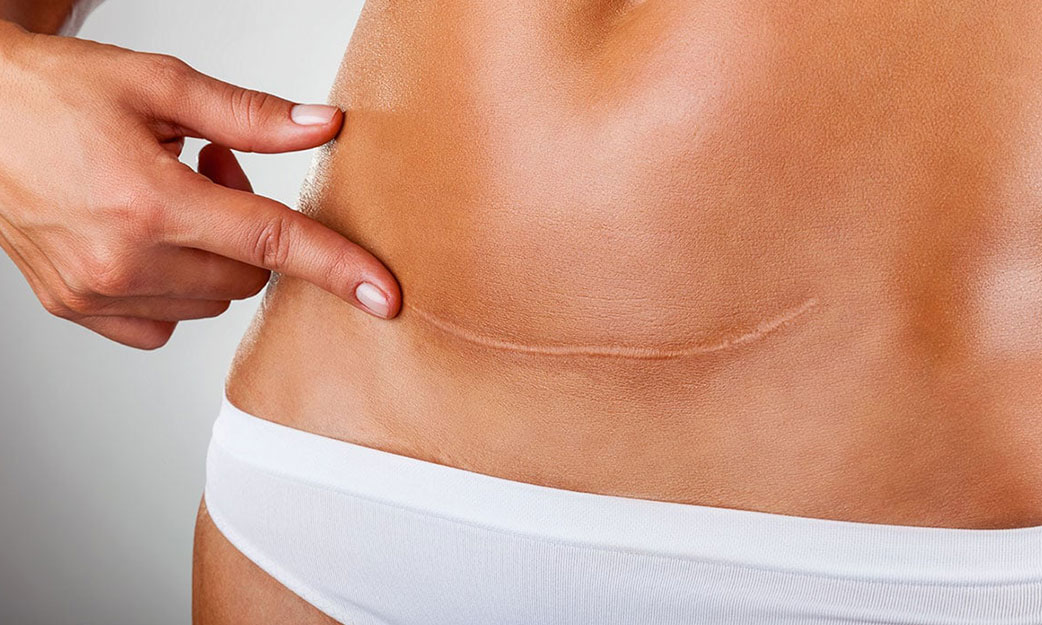A Plastic Surgeon’s Guide to Brow Lift Recovery

A brow lift is a cosmetic surgery that elevates the eyebrows and forehead, giving you a more youthful and refreshed look. There are three main types of brow lift procedures: open, endoscopic, and temporal.
Understanding what to expect during recovery, including wound healing, scar formation, and the return to daily activities, is essential. Let’s explore the different surgical approaches first.
Open Brow Lift
An open brow lift involves an incision across the upper scalp, which can be hidden at the hairline or slightly behind it, extending from ear to ear. The surgeon repositions the forehead skin and underlying tissues to lift the eyebrows and forehead. Excess skin is often removed, and the incision is closed with sutures.
Endoscopic Brow Lift
An endoscopic brow lift is less invasive, involving three to five small incisions hidden behind the hairline. An endoscope allows the surgeon to see beneath the forehead skin and lift the tissues. No skin is removed, and the incisions are closed with sutures.
Temporal Brow Lift
A temporal brow lift involves a two- to three-inch incision on each side of the temporal hairline. The surgeon lifts the skin along the temples and lateral brow, removing a small amount of excess skin or scalp. The incisions are then closed with sutures.
Brow Lift Recovery Timeline
Regardless of the surgical approach, the recovery process is quite similar.
Days 1-7: Swelling and bruising may appear on the forehead, brows, and possibly under the eyes. Soft gel packs, head elevation, and rest are crucial. A dressing or headband may be used for gentle compression, and petroleum-based ointments may be applied to incision lines to aid healing.
Weeks 1-2: Swelling and bruising significantly improve. Light makeup can be used, sutures are removed, and light activities like walking are encouraged. Avoid strenuous exercise and bending down.
Weeks 2-3: You can start driving once pain is managed without narcotics and mobility returns. Most people return to work within a week of an endoscopic brow lift and around two weeks after other procedures.
Weeks 3-4: Most light daily activities can be resumed with minimal restrictions. Avoid strenuous physical activity.
Weeks 6-12: Gradually increase physical activity. Strenuous activities may be resumed by the end of this period. Start with low-impact exercises and gradually increase intensity. Check with your surgeon before going to the hair salon.
Months 3-6: Final results become visible as scars fade and the brow settles into its new position.
Key Brow Lift Recovery Tips
To ensure a smooth recovery from a brow lift, follow these tips:
- Elevate Your Head: Sleep with your head raised on multiple pillows or a wedge pillow to reduce swelling and discomfort.
- Cold Compresses: Use soft, cool gel packs to minimize swelling and ease tenderness.
- Restrict Activity: Avoid bending down, strenuous activities, or heavy lifting. Confirm activity restrictions with your surgeon.
- Care for Incisions: Follow your surgeon’s instructions for dressings, medication, wound care, scar treatment, and activity restrictions.
Results
A brow lift rejuvenates the appearance of the forehead and eyes, resulting in brighter, more visible eyes framed by lifted brows that complement your facial structure. Taking the time to rest and recover is crucial for optimal results.
Remember, every patient and surgical procedure is unique. Always ask your plastic surgeon for specific instructions related to your procedure. If you’re considering a brow lift, schedule a consultation with a board-certified plastic surgeon at Janabelle Clinic to discuss the best option for you.
Our Stories, Tips & Latest News
Before and After Images, Photo Gallery, Treatment Videos, News, and Events

Could the Secret to a Better Plastic Surgery Recovery Be Beauty Sleep?
August 6, 2024Could the secret to a better plastic surgery recovery be beauty sleep? Learn how rest can enhance healing and results.

A Plastic Surgeon’s Guide to Brow Lift Recovery
August 6, 2024A Plastic Surgeon’s Guide to Brow Lift Recovery” offers essential tips for a smooth, effective healing process post-brow lift surgery.

Understanding the Different Types of Tummy Tucks
August 6, 2024Explore the various types of tummy tucks to achieve a firmer, flatter midsection tailored to individual needs and goals.
